Cholelithiasis
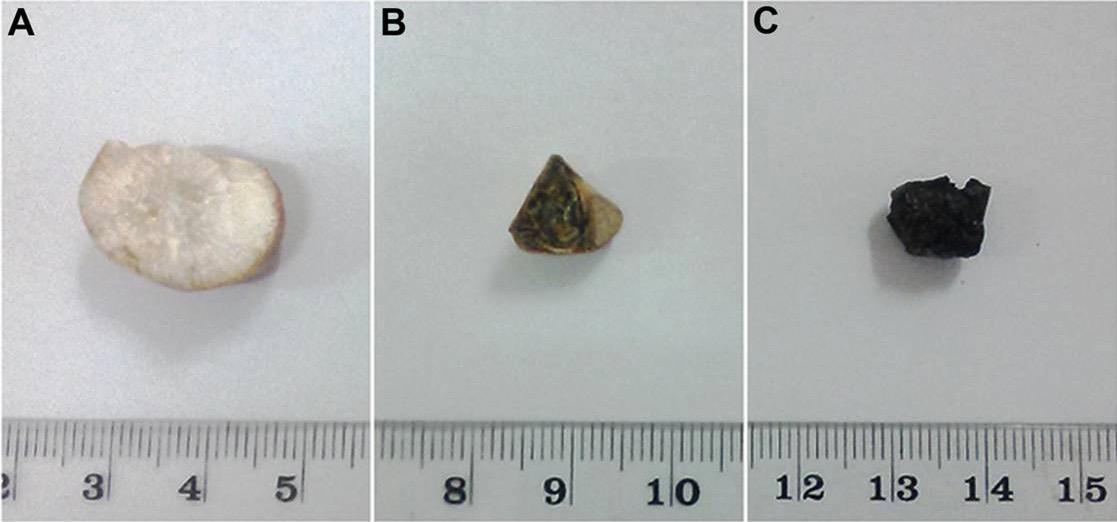
Overview Definition Cholelithiasis is the presence of gallstones in the gallbladder. Epidemiology Etiology Cholesterol stones (80%) Pigment stones (10%) Brown stones (“mixed”; 10%) Mnemonic Risk factors for cholesterol stones: 4 Fs Pathophysiology and Clinical Presentation Pathophysiology Clinical presentation Diagnosis Management Medical management Surgical management Complications Condition Pathology Clinical presentation Laboratory studies Diagnostic imaging Management Cholecystitis […]
Celiac Disease
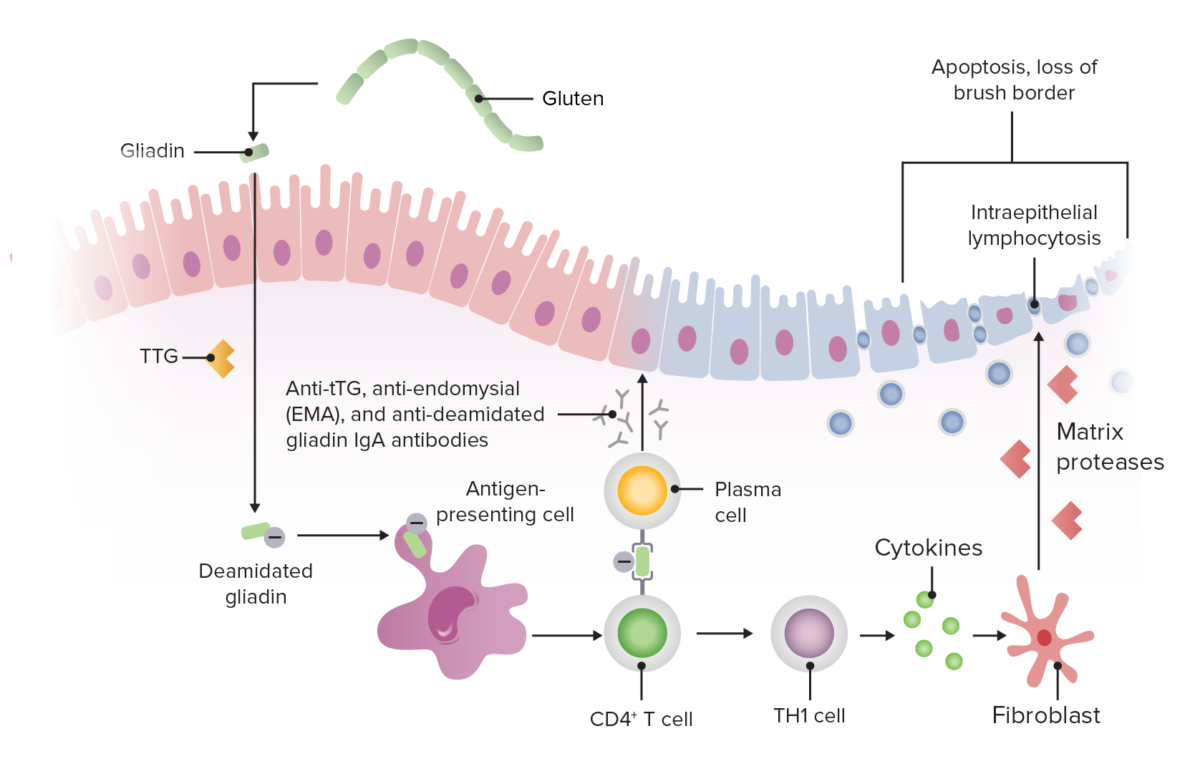
Epidemiology and Etiology Epidemiology Etiology Environmental, immunologic, and genetic factors contribute to the disease process: Pathophysiology Gluten peptides trigger the innate immune response in intestinal epithelial cells, leading to T cell–mediated mucosal damage of the proximal small intestine (distal duodenum and proximal jejunum). Clinical Presentation Clinical manifestations Celiac disease may present in infancy or in […]
Irritable Bowel Syndrome
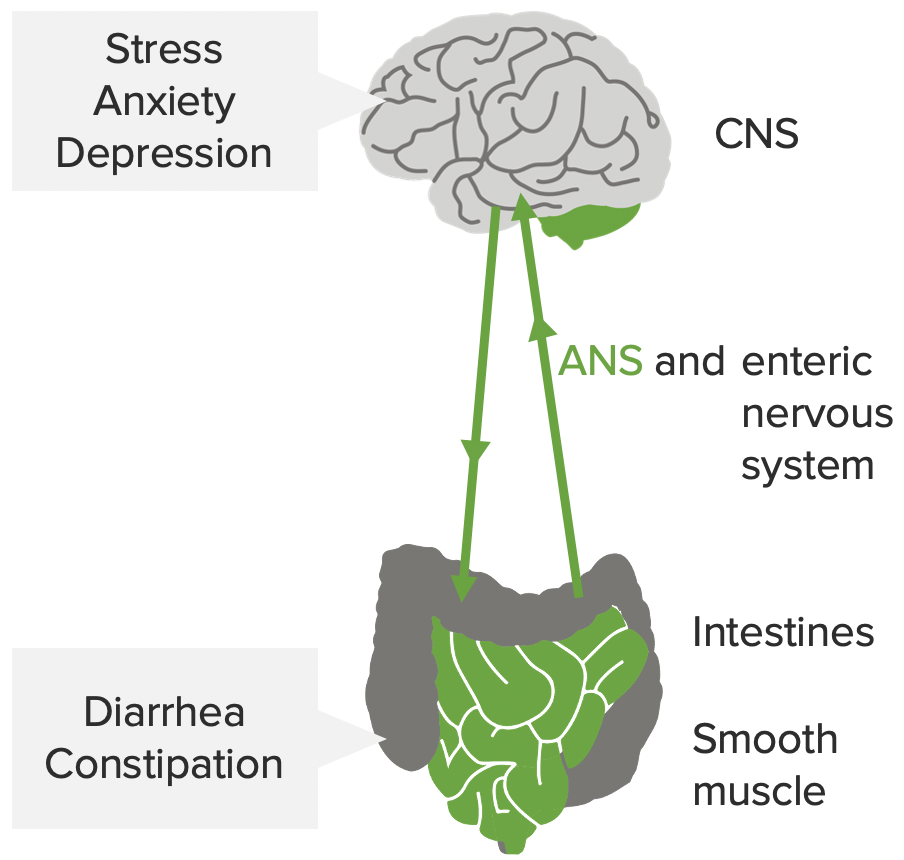
Epidemiology and Pathophysiology Epidemiology Pathophysiology Although no specific organic cause has been identified, there are several possible pathogenic mechanisms. Clinical Presentation Classification Irritable bowel syndrome is classified based on the clinical presentation. Other signs and symptoms Diagnosis Criteria for diagnosis Irritable bowel syndrome is a diagnosis of exclusion, but the Rome IV criteria help provide […]
Cholecystitis
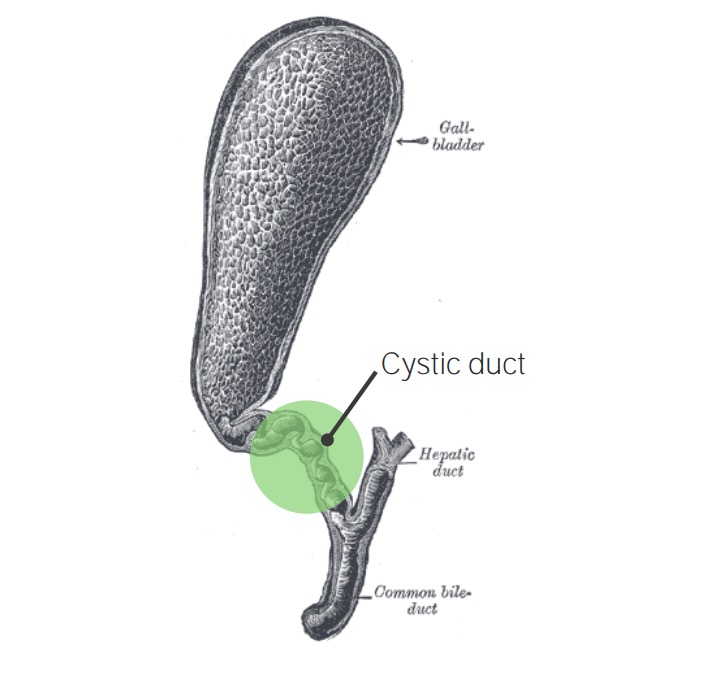
Overview Definition Cholecystitis is the inflammation of the gallbladder (GB). Types: Epidemiology Etiology and Pathophysiology Clinical Presentation History Examination Diagnosis Management General considerations Surgical treatment Complications Differential Diagnosis Other biliary/liver conditions Non-biliary conditions References
Esophagitis
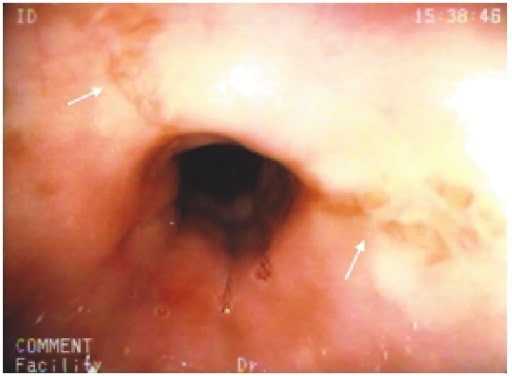
Overview Mnemonic To remember the common causes of esophagitis: “PIECE” Medication-induced Esophagitis Etiology Pathophysiology Risk factors Clinical presentation Diagnosis Prevention and management Infectious Esophagitis: Cytomegalovirus (CMV) Etiology Risk factors Clinical presentation Diagnosis Diagnosis is done by upper endoscopy. Management Infectious Esophagitis: Herpes Simplex Virus (HSV) Etiology Risk factors Clinical presentation Diagnosis Diagnosis is done by […]
Chronic Pancreatitis
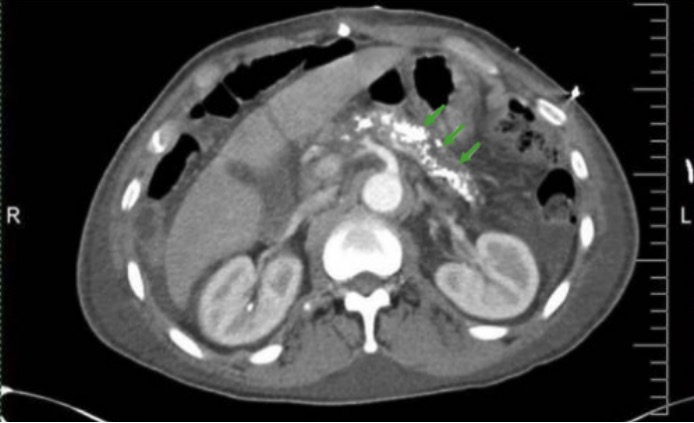
Overview Epidemiology Etiology Common etiologies of chronic pancreatitis are summarized with the “TIGAR-O” mnemonic: Table: TIGAR-O: Common etiologies of pancreatitis T Toxic/metabolic Alcohol (most common) Tobacco smoking Hypertriglyceridemia Hypercalcemia I Idiopathic May be early- or late-onset G Genetic mutations Autosomal dominant: PRSS1 Autosomal recessive: CFTR SPINK1 A Autoimmune Autoimmune pancreatitis type 1: immunoglobulin G4 (IgG4)–related […]
Hepatic Encephalopathy
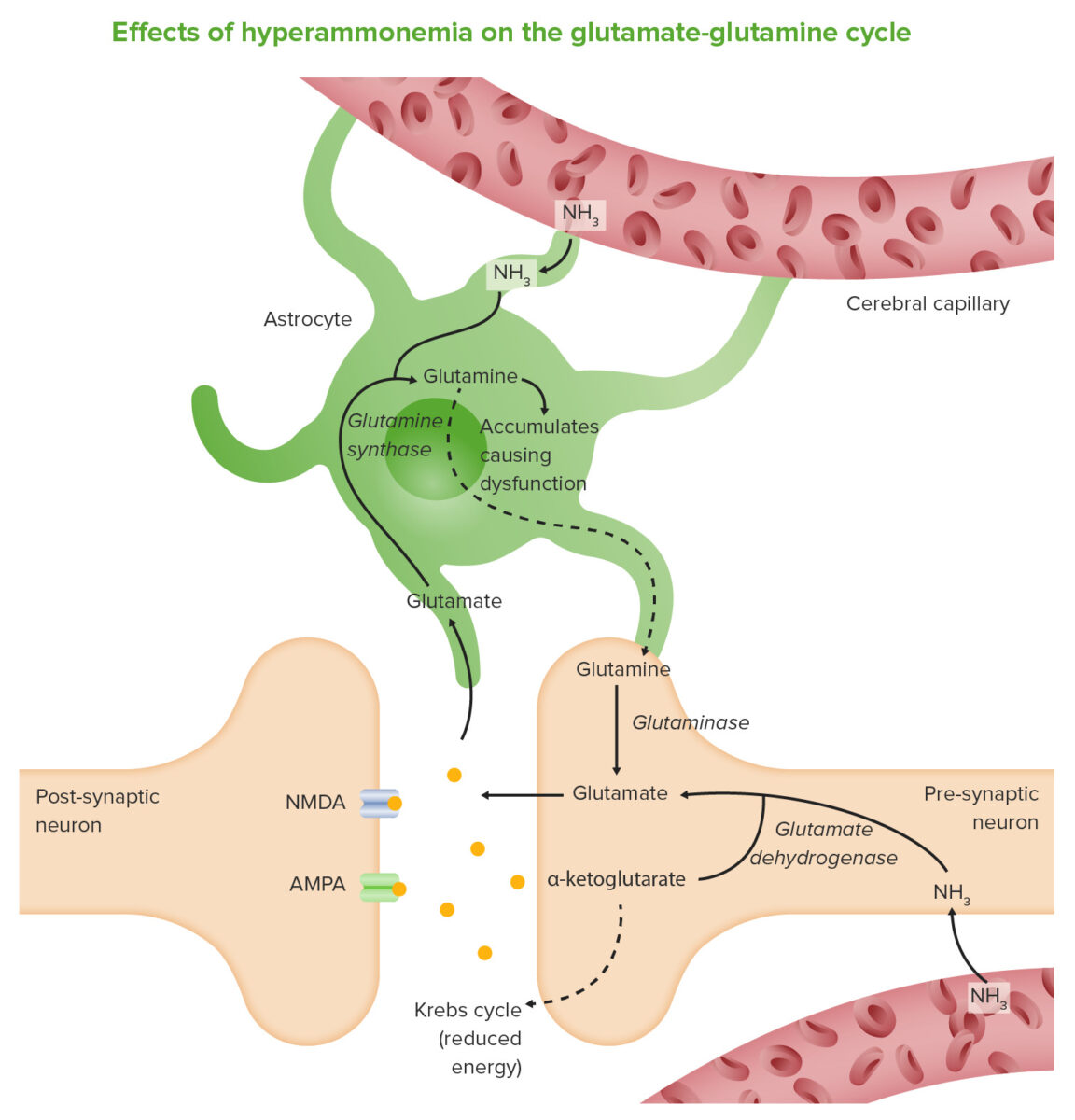
Epidemiology and Etiology Epidemiology Etiology Hepatic encephalopathy is seen in patients with severe liver disease or liver failure, and can be exacerbated by: Mnemonic Precipitating factors for hepatic encephalopathy can be remembered by the mnemonic “HEPATICS”: Pathophysiology Normal physiology: Liver disease allows disruption of normal ammonia regulation through: Impaired brain function results from a buildup of ammonia, […]
Barrett Esophagus

Epidemiology and Etiology Epidemiology Etiology Pathophysiology Mucosal injury Metaplasia Dysplasia Clinical Presentation and Diagnosis Clinical presentation Diagnosis Screening: Esophagogastroduodenoscopy (EGD): Management and Complications Management The goal is to treat underlying acid reflux to decrease the risk of cancer development. Surveillance and dysplasia management Endoscopy biopsy findings Management Barrett esophagus (metaplasia only) PPIs and EGD every […]
Gastrointestinal Bleeding
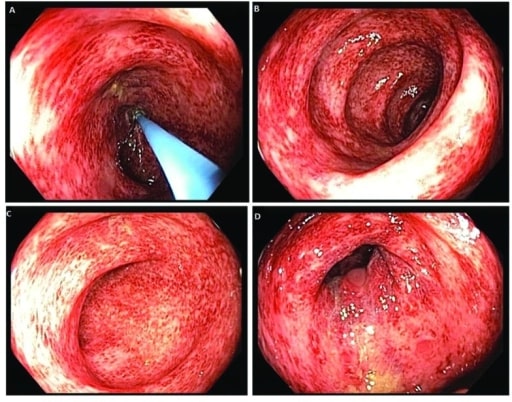
Epidemiology and Etiology Epidemiology Etiology Upper gastrointestinal bleed (proximal to the ligament of Treitz): Lower GIB (distal to the ligament of Treitz): Clinical Presentation Clinical manifestations Physical exam Diagnosis Diagnosis and management of GIB tend to go hand-in-hand and will vary depending on the hemodynamic stability of the patient. Laboratory evaluation Imaging Procedures Management Initial […]
Hepatorenal Syndrome
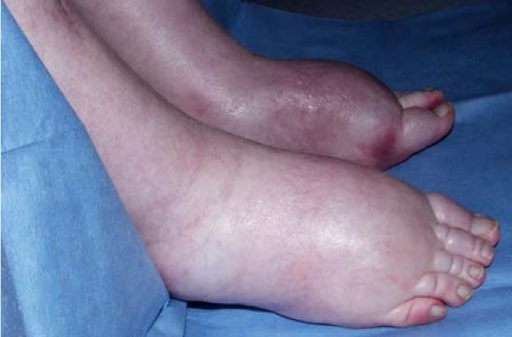
Overview Etiology Hepatorenal syndrome is associated with portal hypertension due to: Classification The classification system of hepatorenal syndrome was recently updated: Pathophysiology Trigger factors are any interventions or conditions that cause arterial hypovolemia: Clinical Presentation and Diagnosis Clinical presentation Diagnosis Management The goal of therapy is improvement in liver function. Differential Diagnosis Pre-renal disease: presents […]